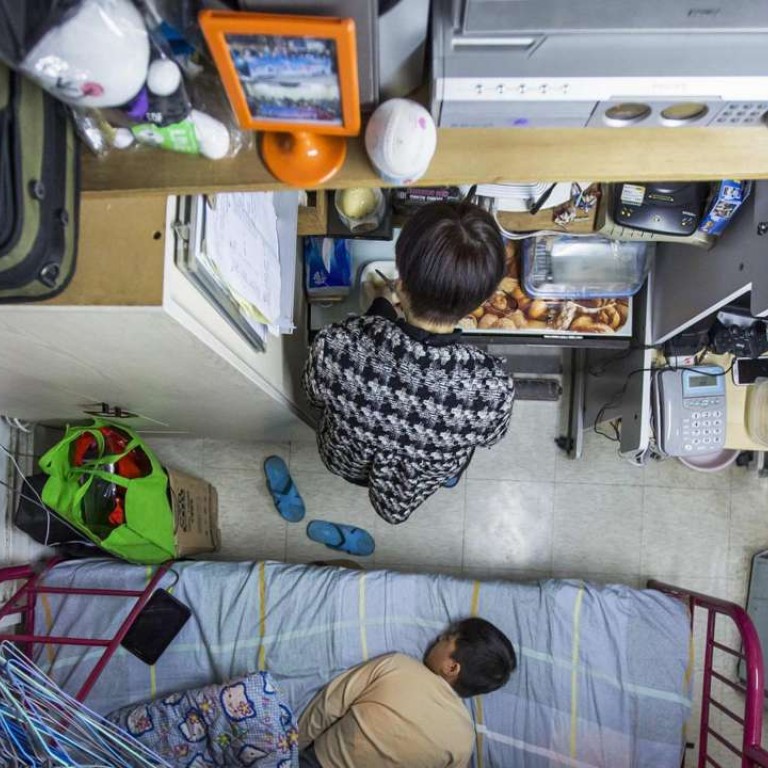
Hong Kong’s worst areas for child abuse named: new report reveals physical and sexual assaults against the young
Data suggests cases involving children are linked to social deprivation and isolation of new arrivals, with experts pointing to lack of support
A grim picture of child abuse in Hong Kong has been revealed by new data which breaks down the extent of the problem across the city’s 18 districts.
The figures, which detail reports of physical, sexual and psychological abuse against children to the Social Welfare Department last year, suggest abuse is linked to social deprivation and dislocated communities populated by recent immigrants.
Predominantly working class Yuen Long and Tuen Mun in the New Territories saw the most recorded cases of child abuse between January and December 2015 , while Wanchai and Central districts recorded the least number of cases.
Experts attribute the high number of child abuse cases in certain areas - the bulk of them of a physical and sexual in nature - to a lack of social support and welfare facilities in public housing dominated communities which are home to large numbers of cross border families.
Dr Jessica Ho Oi-chiu, the director of the non-government organisation Against Child Abuse, said: “The government needs to put more social welfare services in the areas worst hit - there is not enough community support and when there’s a problem in the family, people don’t know where to turn,” Ho said.
The figures show that of the 874 abuse cases reported to the Social Welfare Department in 2015, 140 were in Yuen Long. Tuen Mun recorded the second highest number of reported cases ,with 104.

Public housing estates in older districts of the city tend to have more child care amenities and support which can help foster positive parenting methods and prevent familial tensions escalating into violence.
Democratic lawmaker Helena Wong Pik-wan, who sits on a Legislative Council sub-committee currently reviewing policies on domestic violence, said: “The problem in Tuen Mun is linked to the number of public housing estates and the fact it is quite a remote part of Hong Kong, so families and victims tend to be more isolated and less able to reach out for support.”
“These statistics are just the tip of the iceberg,” Ho said, adding that the lack of a law mandating the reporting of abuse against children meant much of the abuse was kept hidden.
Ho cited the case of a seven year old child who had been severely abused by a family member, which educators had failed to report despite being aware of the problem. It was only when the girl was admitted to hospital that her case was referred to the Social Welfare Department.
Ho said a rise in complicated family issues - including parents with drug abuse problems and poor mental health - was exacerbated by tiny claustrophobic flats making children more vulnerable to abuse.
She said that it was harder for parents - who make up more than half of all child abuse perpetrators in Hong Kong - to “manage their emotions” when living in small, subdivided flats.
She added that while Hongkongers were becoming less tolerant to the use of corporal punishment to discipline children, the SAR still had a “long way to go” to ensure the safety of its young.
“There are 1.1 million children in Hong Kong, but we still don’t have a children’s commission,” said Ho. “We don’t listen to children here.”

